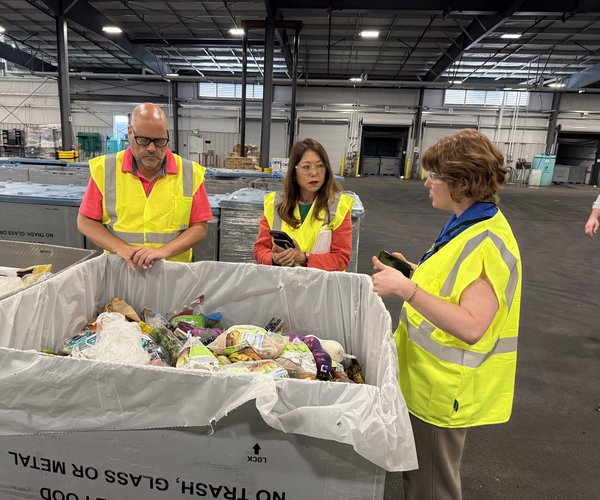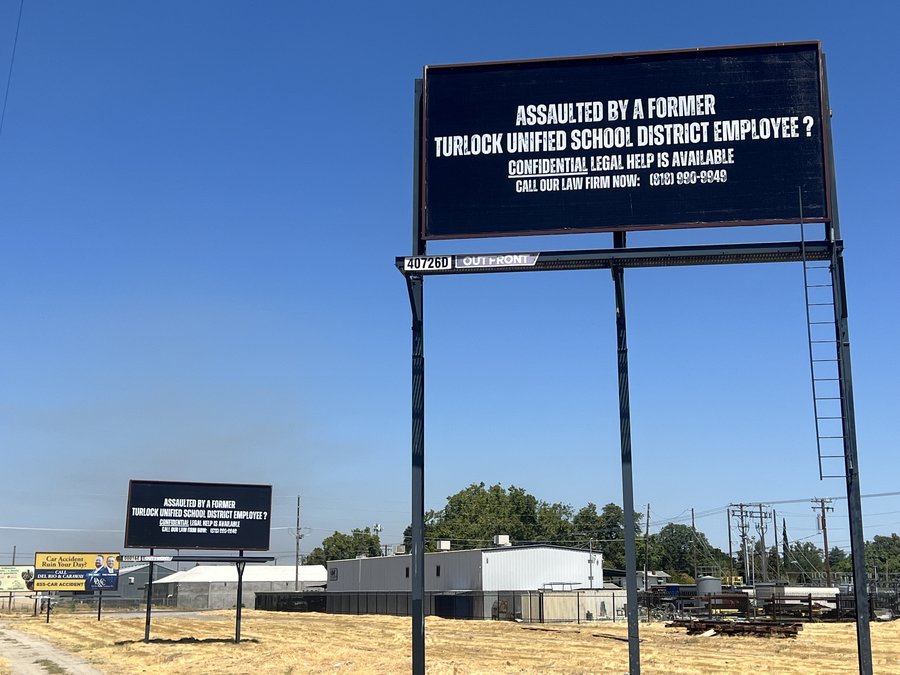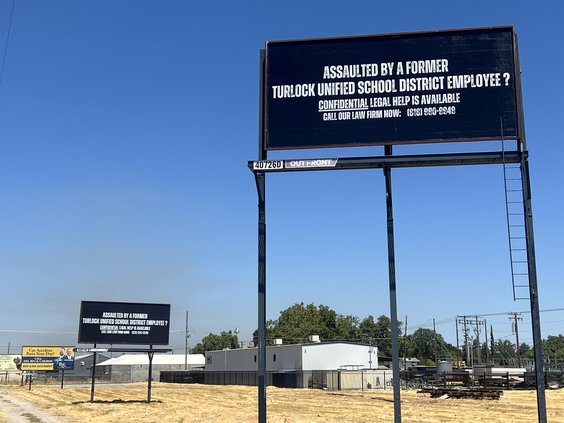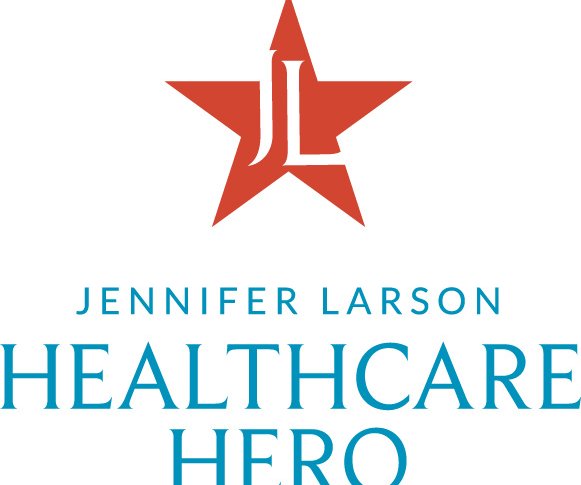The area is expecting near-record high temperatures today, but thankfully conditions will cool off to some degree before the Fourth of July holiday on Saturday.
Temperatures reached 105 degrees on Tuesday and to the dismay of area residents, temperatures today are not expected to be any cooler, with a high forecasted at 106 degrees.
Although Thursday will welcome a seven degree drop, temperatures will still hover near the century mark at 99 degrees—conditions that will steadily lead into the weekend as the Fourth of July holiday is expected to reach a high of 97 degrees.
According to the National Weather Service, community members who gather to watch the Downtown Turlock Independence Day Parade or other local parades at 10 a.m. on Saturday can expect a temperature at 74 degrees.
The holiday heat is forecasted to peak between 4 p.m. and 5 p.m. at 97 degrees on Saturday. Fortunately, temperatures after that point will gradually decrease to 90 degrees at 7 p.m. for the California State University, Stanislaus firework show.
In response to extremely high temperatures during the summer, the California Department of Public Health offered tips on how to prevent and treat heat-related illnesses.
Acknowledging the possibility that high body temperatures can lead to damage to the brain and other vital organs, CDPH advised individuals who are exposed to high temperatures to get plenty to drink, wear light clothing and sunscreen, schedule outdoor activities carefully, use a buddy system and to stay cool indoors if possible.
In addition to tips on how to prevent heat-related illness, CDPH also added tips on how to treat heat-related illnesses, covering everything from sunburns to heat stroke.
In order to avoid damage to the skin and more serious illnesses, individuals who are sunburned should use moisturizing lotion and stay out of the sun. If sunburn affects an infant younger than one year old or if the victim experiences a fever, blisters or severe pain, individuals are advised to see a doctor.
Those who experience heat cramps, which are muscle pains and spasms primarily in the stomach muscles or legs due to heavy activity, are advised to sit quietly in a cool place, drink clear juice or a sports beverage, rest for a few hours to avoid further heat-illnesses, and get medical help if heat cramps do not subside after one hour.
CDPH defined heat exhaustion as a milder illness that happens when the body has lost too much water and salt in sweat. As a result, individuals with heat exhaustion experience heavy sweating, cramps, headache, nausea or vomiting, tiredness, weakness, dizziness and fainting.
If heat exhaustion goes untreated, it can potentially progress to heat stroke. Those who are experiencing the warning signs of heat exhaustion should cool off with cool, nonalcoholic beverages, rest by lying down, take a cool shower or bath, stay in an air-conditioned facility if possible and wear lightweight clothing.
As the most severe heat-related illness, heat stroke occurs when the body can no longer control its temperature, resulting in a sudden rise in body temperature and the individual unable to sweat or cool off.
Warning signs for heat stroke include red, hot or dry skin, very high body temperature, dizziness, nausea, confusion, strange behavior or unconsciousness, rapid pulse or throbbing headache. If left untreated, heat stroke can cause death or disability.
Those who think that an individual is suffering from heat stroke are encouraged by CDPH to get medical help quickly, get the victim to a shady area, cool the person off by any means and refrain from giving the victim any fluids to drink. In the event that emergency medical personnel are delayed, they are urged to call the hospital for further instructions.









